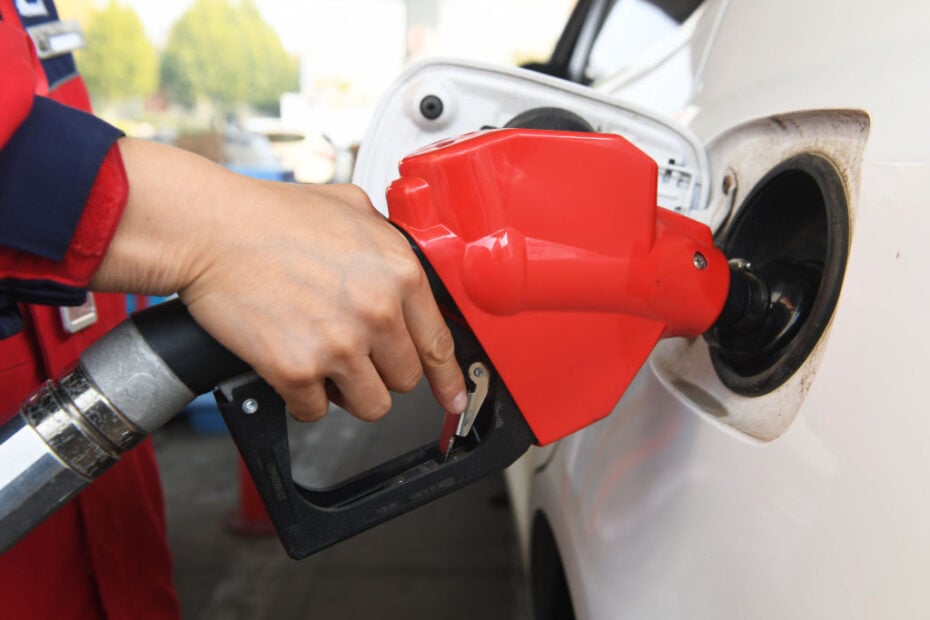
Image credit: Getty Images
As of July 1, motorists in the UAE began paying more at the pump, with fuel prices increasing across all categories. Super 98 petrol climbed to Dhs2.70 per litre from Dhs2.58 in June, while Special 95 rose to Dhs2.58 per litre, up from Dhs2.47. E-Plus 91 was priced at Dhs2.51 per litre, an increase from Dhs2.39, and diesel reached Dhs2.63 per litre, up from Dhs2.45. These monthly adjustments are part of the UAE’s fuel price deregulation policy, in place since 2015, which links domestic fuel prices to global oil market trends.
Read- UAE: These are the fuel prices for July 2025
The latest price hike comes against a backdrop of fluctuating global oil markets and geopolitical uncertainty. On Tuesday, July 29, the global oil prices edged lower after a recent rally, as markets weighed the potential impact of economic and trade developments. Brent crude futures dipped by 6 cents, or 0.1 per cent, to $69.98 a barrel in early trading, while US West Texas Intermediate (WTI) crude fell by 11 cents, or 0.2 per cent, to $66.60.
Oil prices dip slightly amid economic uncertainty
Despite the dip, both benchmarks had settled more than 2 per cent higher in the previous session, with Brent crude hitting its highest level since July 18. Analysts attributed this brief rally to optimism following a trade agreement between the United States and the European Union.
The US-EU deal, while avoiding a full-scale trade war, includes a 15 per cent import tariff on most EU goods.
Though the agreement averted immediate economic fallout, it imposes ambitious targets, such as $750bn in EU purchases of US energy and $600bn in European investment into the US during President Donald Trump’s second term. Analysts have raised doubts about the feasibility of these targets, noting a lack of clear implementation timelines.
“The 15 per cent rate will pose headwinds to the Euro area’s growth outlook but is unlikely to push the economy into recession,” analysts at ANZ said in a research note.
US-China talks and Fed meeting keep markets on edge
Meanwhile, trade tensions between the US and China also remain in focus.
Top economic officials from both nations met in Stockholm on Monday for over five hours to address longstanding disputes that have contributed to global trade uncertainty. Talks are expected to continue Tuesday, though no breakthrough has yet been announced.
Adding to the mix, oil markets are awaiting the outcome of the US Federal Reserve’s policy meeting, scheduled for July 29-30. While the Fed is widely expected to hold interest rates steady, investors are watching closely for any dovish signals that could indicate a policy shift amid signs of slowing inflation.
“Momentum favors the upside in the near term, but the market is vulnerable to volatility triggered by central bank surprises or a breakdown in trade negotiations,” said Priyanka Sachdeva, senior market analyst at brokerage Phillip Nova.

